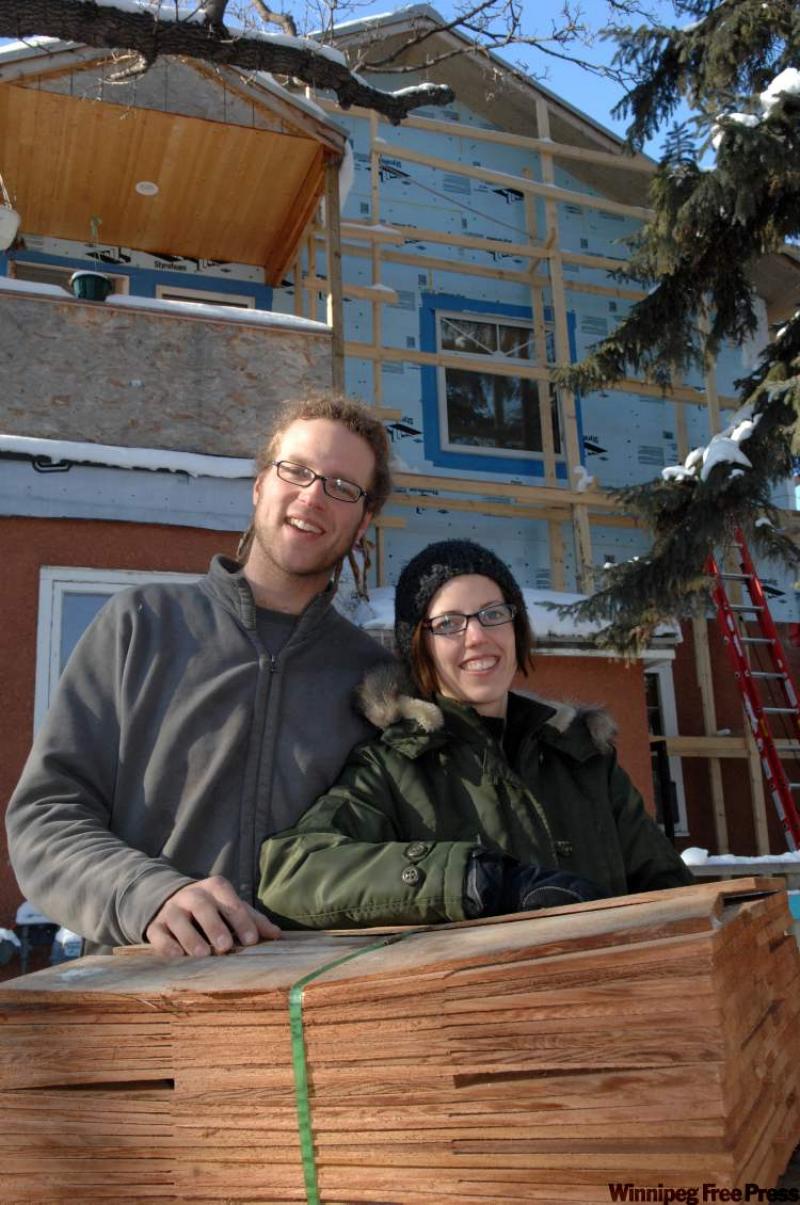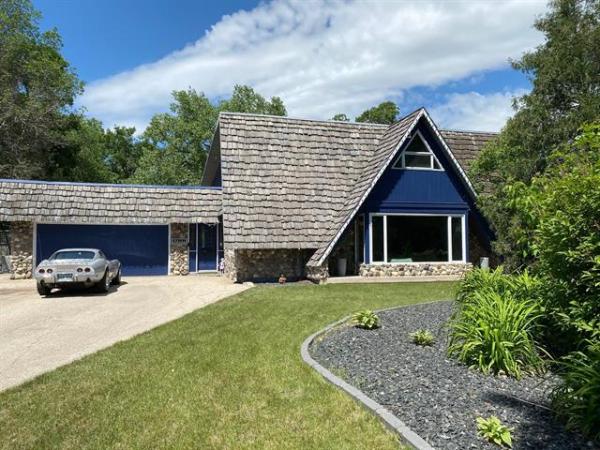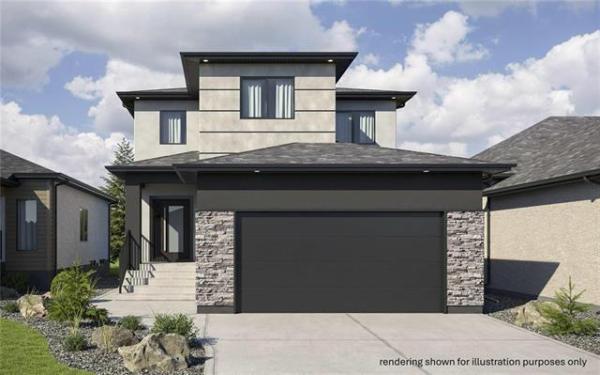
IF you drive around any new subdivision being built in North America, I'm sure you'll see a lot of wood. Most of our houses are framed, structured and sheathed with wood. And it shows up in windows and doors, exterior siding and interior finishes, such as flooring, trim and cabinets.
Standard house construction methods develop as a result of what products are most available in the area. And in North America, wood has always been plentiful and easily accessible, so it makes practical sense to use it. Over 95 per cent of the softwood used in residential construction is grown here in North America.
You want to make sure that any wood products used in your home -- from framing to finishing -- come from sustainable sources and are certified by a third party. There are several different systems of certification, all of which exist to ensure that the wood consumers are buying is grown and harvested in the most responsible way possible.
There are many independent forest-certification standards around the world, but in Canada, the best are FSC (Forest Stewardship Council), CSA (Canadian Standards Association's Sustainable Forest Management Standards), and SFI (Sustainable Forestry Initiative).
Currently, only a small percentage -- around 10 per cent -- of the world's forests are certified. That's not a lot. But, of that relatively small amount, almost half are in Canada.
In order for wood to meet the standards of any of the certification systems, the forest needs to be properly managed. That includes ensuring the environment is protected, the harvest is managed at sustainable levels, logged areas are reforested and replanted, biological diversity is maintained, and watersheds and wildlife habitats are protected.
Certified forests are strictly regulated and require independent third-party audits, annual reports that are publicly disclosed, and often will provide CoC (chain of custody) certification, where the wood products are tracked from the original source all the way to the consumer.
I love to build with concrete, and I've said so many times. I like concrete because it's durable, recyclable and both mould- and fire-resistant. But I can't deny the fact that concrete, like steel, has a lot of embodied energy in it. That means it takes a lot of energy to quarry the stone (e.g., limestone, chalk, slate, silica sand) and process it to make cement, and ultimately, to distribute and build with it.
Wood doesn't need much processing to make it usable, and it's lighter to transport -- all of which adds up to a lighter carbon footprint.
I do build with wood. Even in a concrete house, there will be some wood used in the construction. I use dimensional and engineered lumber. It's used in my houses, from framing to finishing. It's durable, adaptable to many uses and purposes, and it's recyclable. I believe in using sustainably sourced wood products, and reducing lumber use in general by framing efficiently and reducing waste on site.
I'm a fan of BluWood, which is mould- and insect-resistant, and I use it in framing and sheeting. I use engineered lumber whenever possible, which outperforms conventional solid sawed lumber. It's made from "undesirable" weed trees and actually uses more of the tree, so it creates less waste. It's a great product: It's stronger and more stable and uniform than dimensional lumber.
It makes practical sense to build with wood in North America. We should use responsible, renewable resources whenever possible in building, and wood is clearly renewable: It grows. It also makes green sense. Forests act as carbon sinks, so the more trees we grow, harvest and replant, the better for our environment.
-- Postmedia News
Catch Mike in his new series, Holmes Inspection, airing Thursdays at 8 p.m. ET/PT on HGTV. For more information, visit www.hgtv.ca. For more information on home renovations, visit makeitright.ca.



